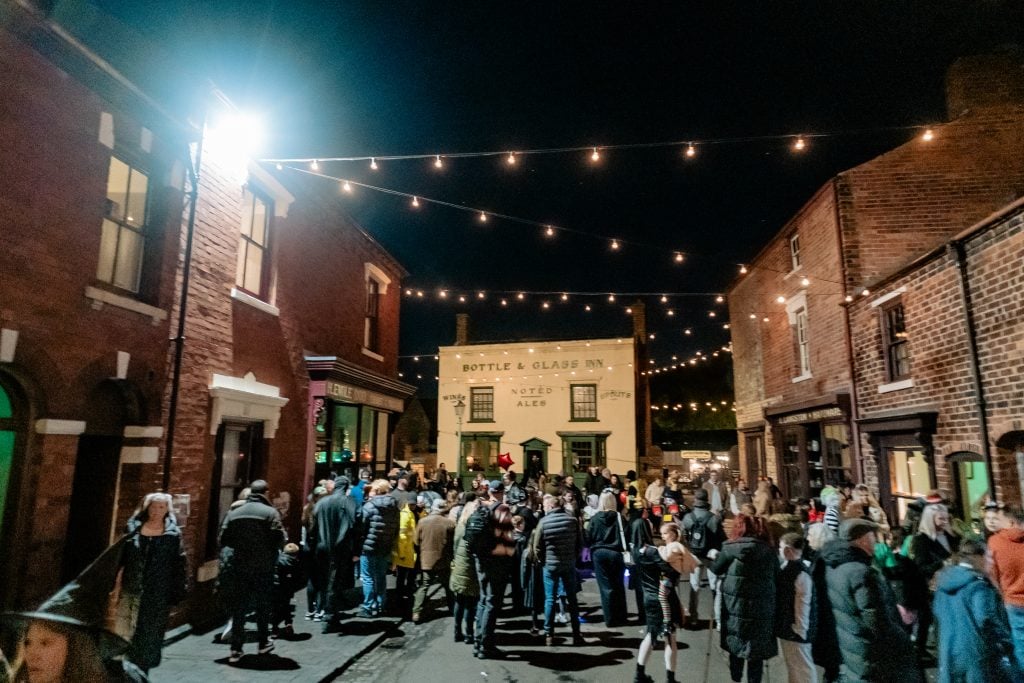What comes to mind when you think of a witch? For most people, the first image that comes to mind is a witch flying across the night sky on a broomstick. But why in history were witches depicted flying on broomsticks?
While the image of a witch flying on a broomstick is the most common, the image of a witch standing over a bubbling cauldron preparing a potion is equally iconic. There is a great reason for this. The use of powerful hallucinogens was very popular at that time, which is closely related to the reason why witches were depicted flying on broomsticks.
At a time when witch hunts were gaining popularity in Europe, people ate large amounts of bread. At that time, bread was mainly made from rye, which was often infected with a disease called ergot, caused by the fungus Claviceps purpurea. As a result, many people have been ingesting ergot unknowingly, believing it to be part of the plant. Ergot has hallucinogenic properties, causing its users to experience LSD-like experiences.
Not surprisingly, many people liked the effect and began experimenting with it, as well as other plants that produced similar results. These include turmeric, mandrake, deadly nightshade and wild rosemary. Johannes Weyer, a Dutch physician, and occultist, in his 1563 work Praestigiis Daemonum called all these plants ingredients of the "flying ointment" of witches.
However, these hallucinogens also had unpleasant side effects. If swallowed, they caused rashes, nausea, vomiting, and even death. But some resourceful people quickly realized that besides ingestion, there are other ways to consume witches' brew that avoid these side effects. It was about the absorption of the drug through the skin. This is best done through the delicate mucous membrane under the armpits or, in the case of women, through the genitals.
These drugs were also studied by the 16th-century physician Andrés de Laguna. One day he took one of these potions from the home of a woman accused of witchcraft and tested it on another woman. According to de Laguna, the woman "fell into such a deep sleep that I thought I would never be able to wake her up." Fortunately, after 36 hours, it worked. The woman was incredibly nervous to be woken up.
This led Laguna to the following conclusion: "From all this, it can be concluded that everything these wretched witches do and say is caused by potions and ointments that have so corrupted their memory and imagination that they create their own misfortunes because they firmly believe when they wake up, into everything they dreamed of."


No comments:
Post a Comment